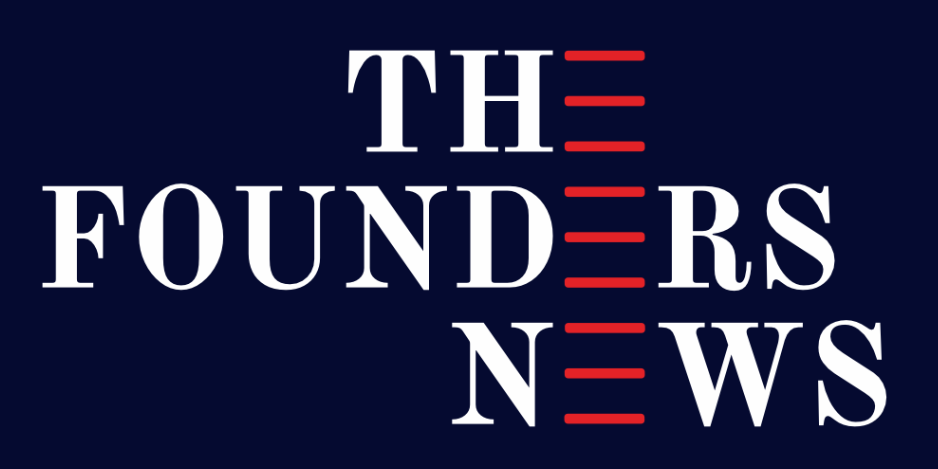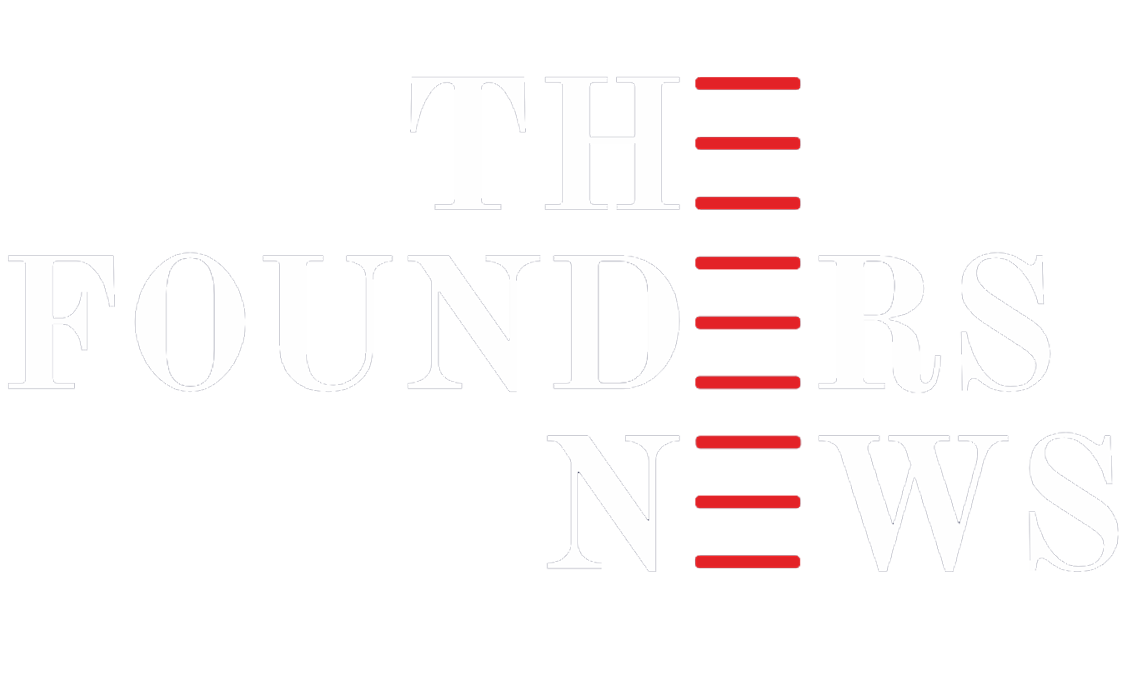As of April 5, 2025, India’s telecom giants, Reliance Jio and Bharti Airtel, have rolled out tariff hikes ranging from 10% to 15% across their prepaid and postpaid plans, marking the first significant increase since late 2021. This move, affecting over 700 million subscribers combined, aims to counter escalating operational costs, a burden partly intensified by the US’s newly imposed 27% reciprocal tariff on Indian goods, including critical telecom equipment like routers, base stations, and fiber optic components. With India importing nearly 60% of its telecom gear—much of it from the US and China—the tariff has driven up capital expenditure, pushing companies to pass some of the cost onto consumers.
For Jio, which disrupted the market with dirt-cheap data in 2016, and Airtel, a legacy player with a premium positioning, the hikes are a strategic necessity. Operational expenses have spiked due to multiple factors: the rupee’s depreciation (making imports pricier), soaring energy costs for powering 5G towers, and the need to fund aggressive 5G rollouts—Jio alone aims to cover 90% of India by December 2025. Airtel’s CEO Gopal Vittal recently noted that the industry’s average revenue per user (ARPU), hovering around Rs 200, remains among the lowest globally, unsustainable given the $20 billion invested in 5G spectrum and infrastructure since 2022. The tariff increase could boost Jio’s ARPU to Rs 230 and Airtel’s to Rs 250, analysts estimate, providing a much-needed revenue cushion.
However, the decision has ignited a firestorm of debate. On one side, consumers—already grappling with inflation and stagnant wages—are crying foul. Social media is abuzz with complaints, with hashtags like #JioHike and #AirtelTooCostly trending. Rural users, who form 40% of the subscriber base, fear being priced out of data access, a lifeline for education and livelihoods post-pandemic. A typical Jio plan offering 2GB daily data, previously Rs 299 for 28 days, now costs Rs 339, while Airtel’s equivalent has jumped from Rs 349 to Rs 399. Critics argue this erodes India’s digital inclusion gains, with one user tweeting, “Cheap data was our right, not a privilege—telecoms are betraying us.”
On the flip side, industry advocates defend the hikes as a matter of survival. The telecom sector, once a bloodbath of price wars, has consolidated into a three-player market—Jio, Airtel, and the struggling Vodafone Idea (which may follow suit with its own hike). Years of low tariffs have left firms with razor-thin margins; Vodafone Idea, for instance, teeters on bankruptcy with a Rs 2.1 lakh crore debt. The Cellular Operators Association of India (COAI) argues that higher tariffs are essential to sustain 5G investments, improve network quality, and avoid a repeat of the 2010s’ financial carnage. “Without profitability, there’s no innovation—consumers will suffer worse from outdated services,” a COAI spokesperson said.
The government, meanwhile, is caught in the middle. The Digital India vision hinges on affordable connectivity, yet it also needs a robust telecom sector to drive economic growth. The Telecom Regulatory Authority of India (TRAI) has stayed silent so far, though pressure is mounting for intervention—perhaps a cap on hikes or subsidies for low-income users. Analysts predict a short-term subscriber churn, especially towards Jio’s still-relatively-cheaper plans, but long-term, the industry could stabilize if consumers adjust. For now, the tariff hike underscores a delicate balancing act: ensuring corporate sustainability without derailing India’s digital dreams. As one economist put it, “It’s a bitter pill—affordability versus progress is the trillion-rupee question.”


